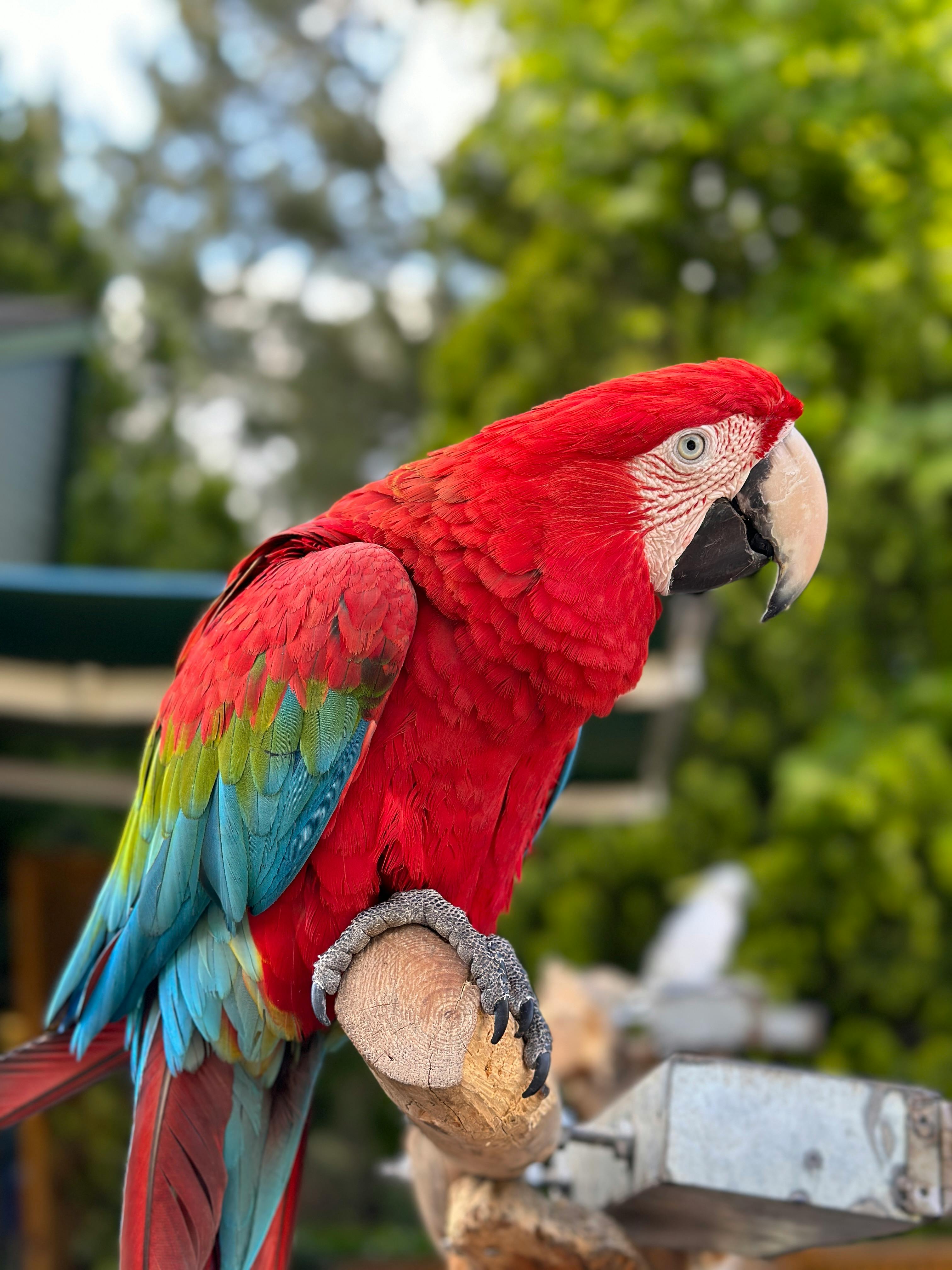Discover What Makes the World Beautiful and Blue
Blue is more than just a color—it’s an emotion, a statement, and a symbol. From ocean depths to the sky above, the shade has captivated humanity for centuries. In this article, we’ll uncover what makes things beautiful and blue, why this hue holds such significance, and how it’s applied across science, culture, and design.

Understanding the Fundamentals
At its core, the phrase “beautiful and blue” refers to the unique aesthetic and emotional impact of the blue color family. Blue is often associated with calmness, depth, and clarity. It plays a powerful role across various disciplines from psychology to branding.
The significance of blue dates back to ancient civilizations. Egyptians used lapis lazuli to signify wealth, while Renaissance painters reserved ultramarine—once more expensive than gold—for the Virgin Mary’s robes. Clearly, blue has long been linked to value and reverence.
1.1 The Science Behind Blue
Scientifically, we perceive blue due to the way light scatters in the atmosphere. Shorter blue wavelengths are more easily diffused, which is why our sky appears so vividly blue. In biology, blue pigments are rare, often resulting from structural coloration rather than dye.
Examples include the wings of a morpho butterfly or the feathers of a blue jay. These aren’t pigmented but instead manipulate light, making them truly beautiful and blue in an optical sense. This optical engineering has inspired materials science and fashion technology alike.
1.2 The Psychological Effect of Blue
Blue is closely tied to feelings of trust, tranquility, and intelligence. Unlike red or yellow, which excite, blue tends to calm and stabilize. This is why blue is the preferred choice in healthcare, finance, and tech branding.
Psychological studies suggest that blue environments may boost concentration and reduce stress levels. Whether in office design or personal living spaces, blue can enhance both mood and productivity, making it a beautiful and blue solution to everyday anxiety.
Practical Implementation Guide
Now that we’ve explored the fundamentals, let’s dive into applying blue’s beauty in practical ways. From interior design to branding, understanding how to strategically use blue can yield powerful results.

2.1 Actionable Steps
- Color Mapping: Start by identifying where blue will have the most impact—walls, digital interfaces, apparel, etc.
- Choose the Right Shade: Navy exudes professionalism, while sky blue promotes serenity. Select shades based on emotional goals.
- Layer With Neutrals: Balance blue with whites, greys, and tans for harmony. Create contrast with oranges or golds.
2.2 Overcoming Challenges
While blue is versatile, misusing it can create a cold or sterile environment. Common pitfalls include:
- Overuse leading to emotional detachment
- Inconsistent lighting affecting shade perception
- Poor contrast in digital design, harming readability
To mitigate these, always test colors in natural and artificial lighting. Use accent pieces like cushions or artwork to soften any starkness. Consult color theory or design professionals for optimal palettes.
Advanced Applications
For those already integrating blue into personal or professional settings, advanced applications offer even deeper rewards. These methods require a nuanced understanding of how blue interacts with light, material, and emotion.

3.1 Smart Materials and Wearables
Cutting-edge technology is using beautiful and blue hues in wearables to indicate status or change states. Think of fitness trackers that use blue LEDs or fabric that shifts hue with temperature. These innovations merge beauty with function, transforming the color into a tool.
Studies show that consumers prefer blue lighting in wearable devices due to its non-intrusive glow. Moreover, it’s often associated with cleanliness and hygiene—a vital trait in healthcare tech.
3.2 Branding and UX/UI Design
In digital spaces, blue dominates interfaces due to its universal appeal. Companies like Facebook, LinkedIn, and Twitter chose blue for a reason—it creates a sense of security and clarity in user experience.
When integrated with other system components like motion design or animation, blue ensures smooth interaction. However, contrast must be maintained to ensure accessibility for colorblind users.
Future Outlook
The demand for beautiful and blue designs is set to rise as digital and physical environments become more integrated. Upcoming trends include blue-hued VR interfaces, sustainable blue dyes, and immersive light therapies using blue LEDs.
Industries across wellness, fashion, and AI are exploring how blue can influence human behavior positively. As material science and color psychology evolve, blue will remain a central force in innovation.
Conclusion
Three key takeaways: blue has deep scientific roots, profound psychological effects, and versatile applications. From calming spaces to high-tech solutions, it’s a powerhouse color. Understanding what makes something beautiful and blue unlocks new levels of creativity and function.
Now is the time to reevaluate your surroundings. Whether designing a room or a website, ask yourself—how can I harness the beauty of blue? Start simple, test thoroughly, and refine over time for maximum impact.
Frequently Asked Questions
- Q: What makes the color blue appear so vivid in nature? The scattering of short light wavelengths in the atmosphere and structural coloration in animals make blue appear vibrant and beautiful.
- Q: How can I start using blue in my home design? Begin with accent pieces like throw pillows, curtains, or wall art in complementary blue shades.
- Q: How long does it take to redesign a space using blue? Depending on scale, a small room can be transformed in 2–3 days, while entire homes may take weeks.
- Q: Is using blue expensive in design? Not necessarily. Affordable paints and decor make blue a budget-friendly option, though specialty items may cost more.
- Q: How does blue compare to other colors in marketing? Blue promotes trust and stability, unlike red (urgency) or yellow (joy), making it ideal for serious brands.
- Q: Is blue hard to use in technical applications? It’s widely supported and simple to implement, though accessibility considerations are vital for digital use.
- Q: Can blue be used effectively in healthcare environments? Absolutely. Studies confirm blue reduces anxiety and supports healing, making it common in hospitals and clinics.
